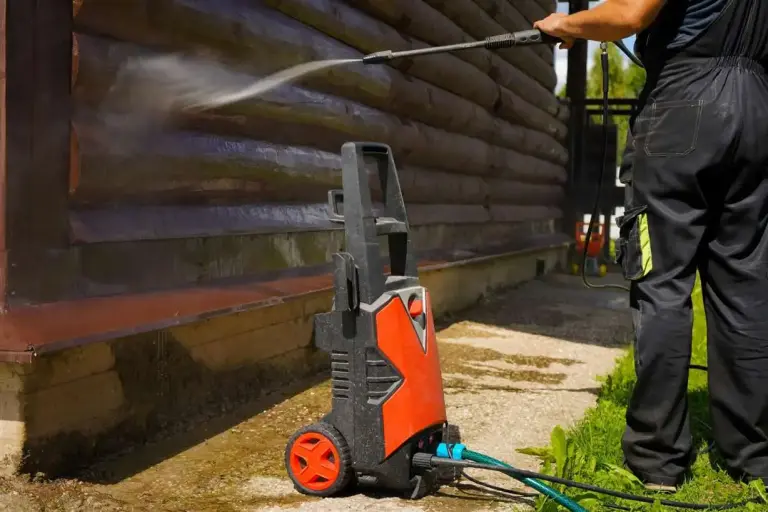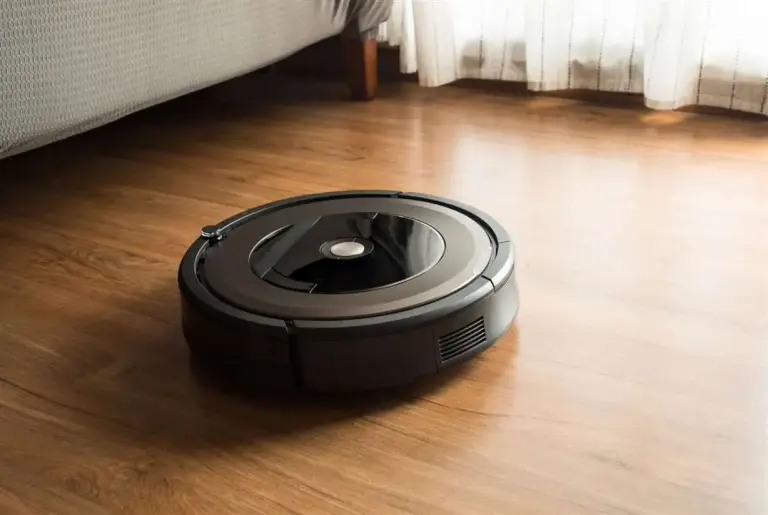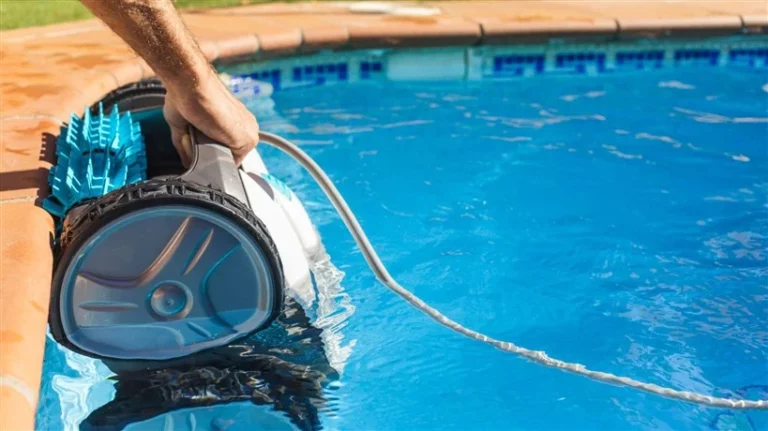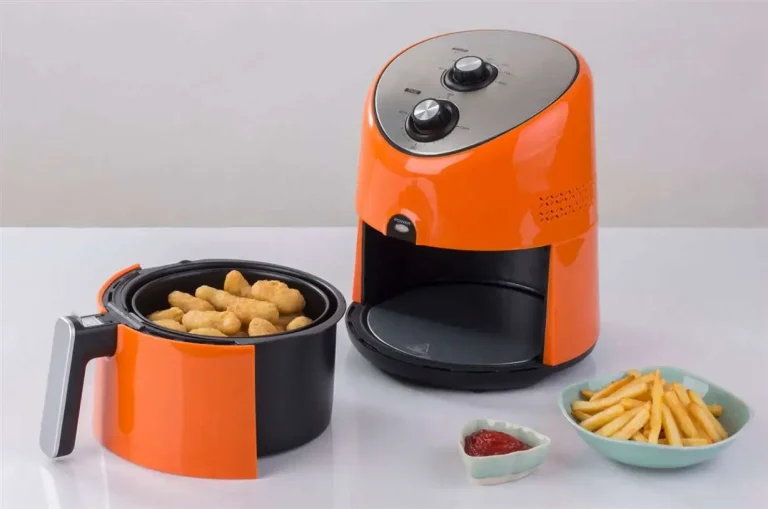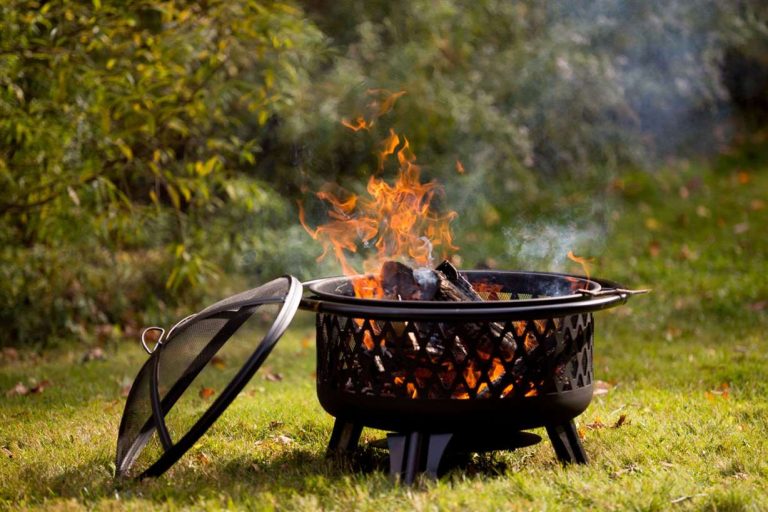Best Cordless Drills
1 |  | View |
2 |  | View |
3 |  | View |
Cordless drills are essential tools for both professional contractors and DIY enthusiasts. They offer convenience, portability, and powerful performance for a wide range of tasks, from drilling holes to driving screws. In this guide, we’ll review three of the best cordless drills on the market: the DEWALT 20V Max, BLACK+DECKER 20V MAX, and AVID POWER 20V MAX. Each of these drills has been carefully selected for its power, durability, and ease of use.

DEWALT 20V Max Cordless Drill Review
The DEWALT 20V Max Cordless Drill is a powerhouse that combines strength with precision. It’s one of the most popular drills in both home improvement and professional settings due to its outstanding performance and long-lasting battery life.
Key Features:
-
20V Lithium-Ion Battery: Offers longer run time and faster charging for efficient work.
-
High-Speed Transmission: Provides two speed settings (0-450 RPM and 1,500 RPM) for versatility.
-
Ergonomic Design: Comfortable grip for extended use without hand fatigue.
-
Compact and Lightweight: Weighs just 3.6 pounds, making it easy to maneuver in tight spaces.
-
LED Work Light: Illuminates your work area for improved visibility.
Pros:
-
Powerful motor and high-speed transmission for quick and efficient drilling.
-
Comfortable ergonomic design with soft grip.
-
Long battery life and quick charging time.
-
Ideal for both beginners and professionals.
Cons:
-
A bit pricier compared to some other models.
-
No additional accessories included.
BLACK+DECKER 20V MAX Cordless Drill Review
The BLACK+DECKER 20V MAX Cordless Drill is an excellent budget-friendly option that doesn’t compromise on power or performance. This drill is perfect for light to medium-duty tasks around the home, such as assembling furniture or drilling small holes.
Key Features:
-
20V Lithium-Ion Battery: Provides a longer runtime and holds charge for up to 18 months.
-
11 Position Clutch: Offers precise control over drilling and driving, preventing overdriving screws.
-
Compact and Lightweight: Weighs only 2.5 pounds, making it easy to carry and use for extended periods.
-
Variable Speed Trigger: Provides full control over speed and torque for different materials and tasks.
-
Integrated LED Light: Helps illuminate dark workspaces for better accuracy.
Pros:
-
Affordable and excellent value for money.
-
Lightweight and easy to use.
-
Includes a handy 11-position clutch for versatile applications.
-
Long battery life and quick recharge time.
Cons:
-
Lacks the power of more expensive models for tougher tasks.
-
Not suitable for heavy-duty drilling or larger projects.
AVID POWER 20V MAX Cordless Drill Review
The AVID POWER 20V MAX Cordless Drill is an efficient and reliable tool that offers great value for DIY enthusiasts. It’s equipped with a range of features that make it perfect for home improvement projects, whether you’re building shelves, hanging pictures, or assembling furniture.
Key Features:
-
20V Lithium-Ion Battery: Provides ample runtime with fast charging for continuous work.
-
Two-Speed Gearbox: Offers low (0-350 RPM) and high (0-1,300 RPM) speeds to handle various tasks.
-
Lightweight and Compact Design: Weighs just 2.5 pounds, making it easy to use for prolonged periods.
-
19+1 Clutch Settings: Allows you to adjust torque for precise driving and drilling.
-
LED Light: Helps illuminate dark areas for better visibility.
Pros:
-
Affordable with great features for the price.
-
Lightweight and comfortable to use.
-
19+1 clutch settings offer flexibility for a wide range of tasks.
-
Fast charging and good battery life.
Cons:
-
May not be powerful enough for heavy-duty professional use.
-
The build quality is slightly less durable compared to higher-end models.
Conclusion
Choosing the right cordless drill depends on your needs, whether you need a tool for heavy-duty tasks or a more affordable option for light work around the house. Here’s a quick comparison of the three top models:
| Cordless Drill | Best For | Speed Settings | Key Strength |
|---|---|---|---|
| DEWALT 20V Max | Professional and heavy-duty tasks | 2 speeds (0-450 RPM & 1,500 RPM) | Powerful motor, long battery life |
| BLACK+DECKER 20V MAX | Home use, light to medium tasks | Variable speed | Affordable, compact, easy to use |
| AVID POWER 20V MAX | DIY projects, home improvement | 2 speeds (0-350 RPM & 0-1,300 RPM) | Great value for money, lightweight |
All three of these cordless drills offer excellent features, with the DEWALT 20V Max being the top choice for those who need powerful performance, the BLACK+DECKER 20V MAX for budget-conscious users, and the AVID POWER 20V MAX for DIYers looking for a versatile drill at a great price.
